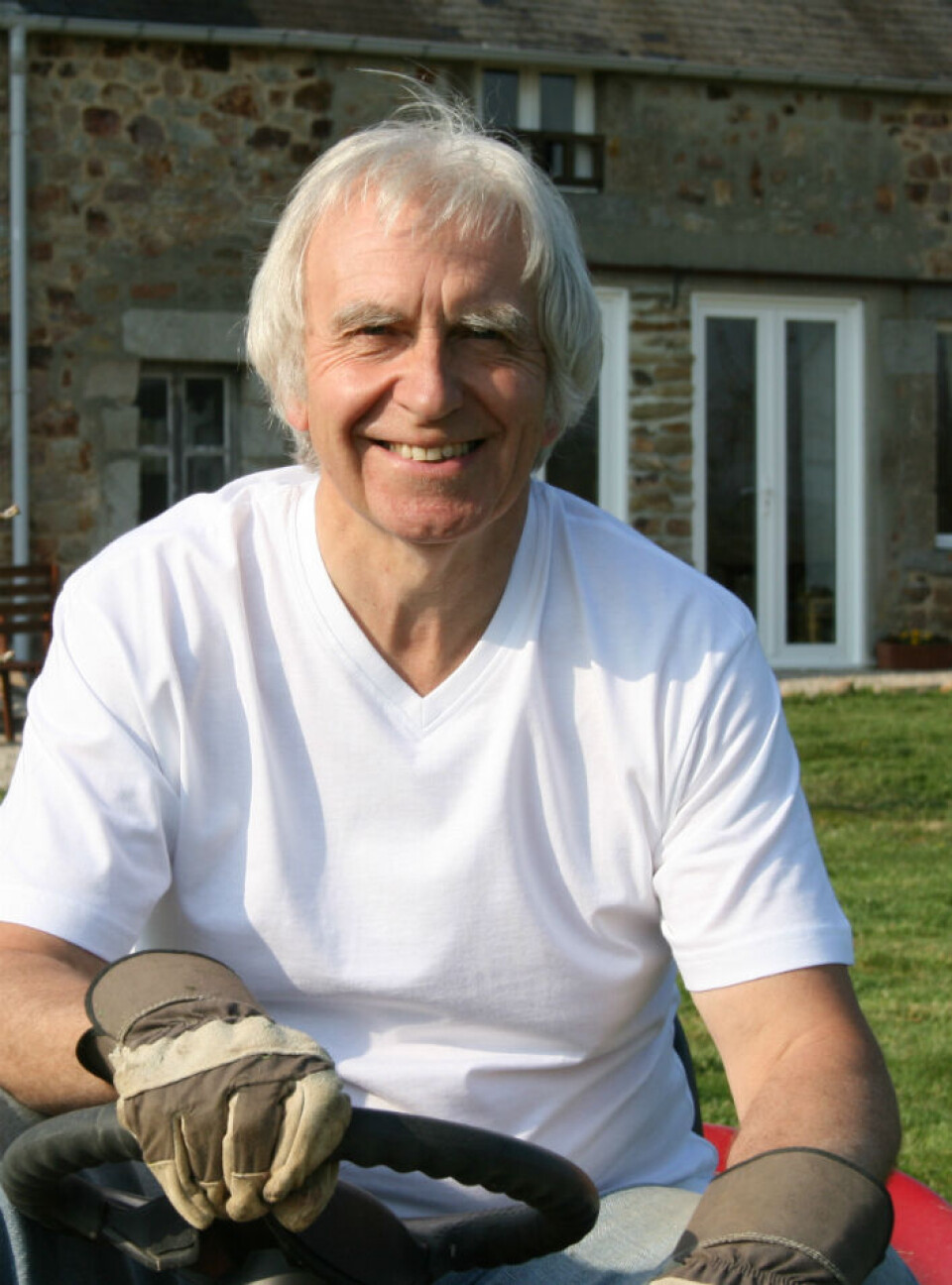-
Saint-Aubin-des-Châteaux: rural French village with historical and natural charm
Step back in time to explore Neolithic, Roman, and Templar traces... but you will not find any châteaux
-
Owners of French mill seek help tracing history
'We are looking for old photographs from before it closed,' say couple who restored the building
-
One of the most notorious meals in the history of French gastronomy
How hard times inspired an outrageous festive feast in 1870
If walls could talk: Anglo-French group delve into history of houses
A group of history enthusiasts discovered the fascinating history of their own homes and recommend others do the same

An Anglo-French association has been helping members trace the histories of their homes – and turned up some surprising results.
The group, formed in 2018, held monthly workshops, sometimes inviting an expert speaker on aspects of tracing historical records, local history or architecture.
At other times, members talked about discoveries they had made concerning their own properties.
Retired history teacher Alan Davidge, who, with his wife Carol, has restored two houses, said: “Like many Brits, we are fascinated by the history of the old houses in France we have lived in and restored.
“Our local Anglo-French association, La Vache qui Lit in Saint-Sever-Calvados, was looking for ideas for workshops beyond the normal conversations, cake-making and so on, and I suggested house research might be of interest because the archive system and local history sources are different from the UK.”
One of his friends was a genealogist, a specialist in tracing family history, and he got the group going with an introduction to the Calvados archive system. Each department has its own.
Read more: Chateau an hour from Paris available to part-own for less than €60
Other specialists spoke about local history and architecture – something of interest to Mr Davidge because when they restored their present house, they stripped it back to its bare bones.
“It was interesting hearing what people had discovered and the group was a success, but after two years it had run its course,” he said.
“I would strongly recommend that other associations of our type consider doing it – it is something which was of interest to both the English-speaking and the French members of the association.” Mr Davidge’s own house is a typical Norman longhouse, which had not been lived in for 30 years when they bought it.
They discovered that it was previously inhabited by generations of stonemasons, who worked in the local granite quarry and had a bit of land where they used to keep a cow.
“A small outbuilding, which we always assumed was a small cottage, was in fact a dairy – the hamlet, which had eight families in it at one point, tried to be as self-sufficient as possible,” he said.
“There is also a bread oven, again showing that they looked after their own needs.”
He was able to find a photograph depicting a family gathering, with approximately 30 people grouped around the front door of the house, dating from the 1930s. An old neighbour was able to name all the children in it.
She had been born in the house and described life with one main room which served as kitchen, dining room and bedroom, and with the animals living in stables at the other side of the building, with a barn in between.
“Life was tougher then, and she had no fond ideas about the place.
“Her advice to us when we bought the property was to knock it down and build a new one with central heating and all modern conveniences,” recalled Mr Davidge.
Read more: We bought a hotel in France: From ‘go home’ graffiti to Michelin star
From time to time, the property’s stone-working past reveals itself with discoveries of shaped granite, including a nearly finished gravestone.
“We wondered whose name was going to be put on it, and who we would like to see have their name on it too,” joked Mr Davidge.
“At the moment, Boris Johnson is on top.”
Research of census returns shows the hamlet where the Davidges and their old neighbour live had as many as eight households in it during its heyday in the 19th century.
Not all the houses and cottages remain standing.
“Here the oral history has probably been more revealing than the formal records,” said Mr Davidge.
Does your French house have an interesting history? Share it with us at
news@connexionfrance.com
Related articles:
Boom in eco-villages in France for those seeking simple community life
























